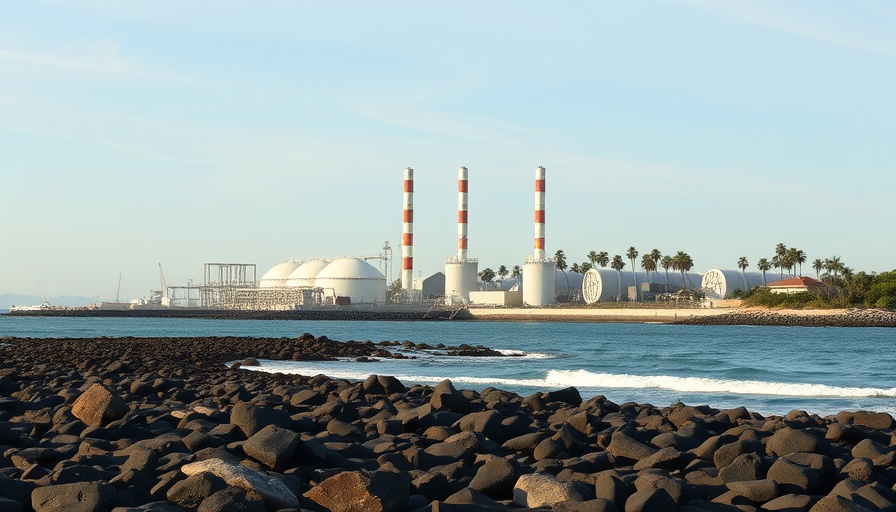
The Ocean as a Climate Champion: Captura's Breakthrough in Carbon Capture
Imagine a world where our oceans play an active role in fighting climate change—a world where a startup’s innovation can transform our approach to carbon dioxide (CO2) absorption. Captura, based in California, is pioneering a method called direct ocean capture that aims to do just that. By enhancing the ocean's natural ability to absorb carbon, this innovative technique could provide a significant boost in our battle against rising global temperatures.
Understanding the Science Behind Direct Ocean Capture
At the heart of Captura's process lies Henry’s Law, which explains how gases dissolve in liquids. This principle, commonly seen when you open a soda can, can be applied to the ocean’s interaction with CO2. Captura removes carbon dioxide from seawater, momentarily disrupting the natural balance between the gases in the ocean and the atmosphere. According to Captura's CEO, Steve Oldham, this disruption allows the atmosphere to replenish the CO2, effectively maximizing the ocean’s absorption capabilities.
Why This Matters: A Solution for Our Climate Goals
Did you know that the world’s oceans absorb nearly 30% of CO2 emissions? This statistic highlights the oceans’ vital role in regulating our climate. With climate change heralding dire consequences, actionable solutions like Captura's could fulfill corporate sustainability goals, offering eco-conscious businesses, particularly in the hospitality sector, a means of bolstering their environmental commitments. By partnering with innovative technologies like this, boutique hoteliers and eco-lodges can enhance their sustainability profile while contributing positively to climate action.
Environmental Benefits of Using Renewable Sources
One of the standout features of Captura's technology is that it solely relies on ocean water and renewable electricity, eliminating the need for harmful chemicals or mining resources. This sustainable approach minimizes waste and is a game changer for the energy sector, potentially reducing dependency on fossil fuels. For small-scale hospitality businesses aiming to attract eco-conscious travelers, this presents an excellent opportunity to integrate sustainability into their operational model.
Injecting Carbon Into the Economy: Innovative Applications
The carbon captured by Captura can serve various applications—from generating carbon credits to producing synthetic fuels and even contributing as a climate-friendly feedstock for the food and beverage industry. As Captura’s plant in Hawaii explores this potential, boutique hospitality businesses stand to benefit from sustainable, locally-sourced products, thereby strengthening their connection to the community and promoting awareness about carbon-neutral practices.
Future Outlook: Scaling Up Climate Solutions
As Captura continues to scale its technology, the potential implications for the hospitality industry are expansive. By integrating carbon capture solutions, hotels and eco-lodges can not only reduce their carbon footprints but also educate guests about contributing to climate action. This sense of purpose could inspire more travelers to seek out responsible tourism options, focusing on the impact of their choices and supporting businesses that prioritize sustainability.
Encouraging Action: Why Now Is the Time to Act
In the face of escalating climate concerns, the time to act is now. Captura's innovative approach demonstrates how technology can redefine our relationship with the environment. For boutique hospitality professionals, aligning with cutting-edge sustainability practices like this is not just about improving bottom lines; it’s a commitment to stewarding a healthier planet. Connecting with solutions that enhance the natural processes of our ecosystems fuels growth and showcases dedication to corporate sustainability. Today, ask yourself: How can your business contribute to this vital change?
 Add Row
Add Row  Add
Add 




Write A Comment